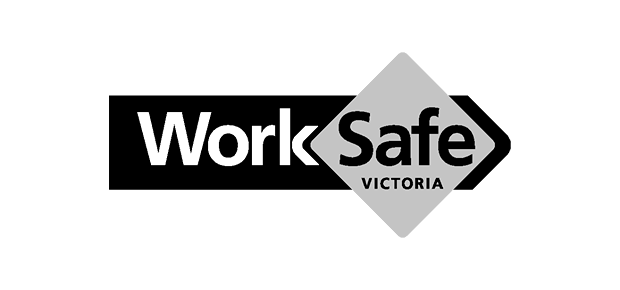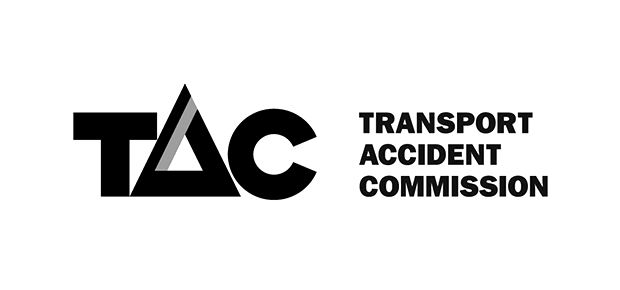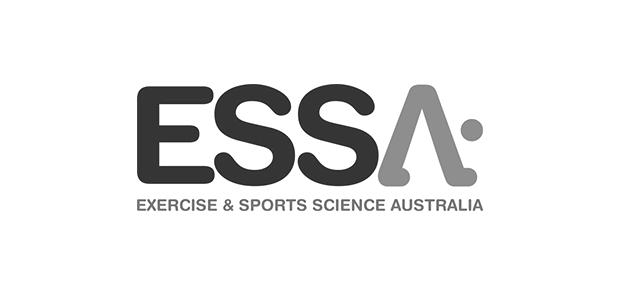Sciatica
More than half of sciatica patients recover within 3 months but up to 30% continue to have pain for a year or more
‘Sciatica’ is sciatic nerve irritation or entrapment; it may relate to back, hip or thigh pathology
The problem
Sciatica can be experienced as pain, numbness or weakness in the hip, buttock and leg. It can be any one of these symptoms alone, or can be in any combination. Sciatica is associated with dysfunction of the sciatic nerve which comes off the spine near the pelvis & runs down the back of the leg. It is the longest nerve in the human body – and it’s so big it may be as wide as your thumb!
Sciatica usually occurs when this nerve is compressed, irritated, or inflamed. It commonly occurs when there is dysfunction in the low back or hips where it can be entrapped or ‘pinched’ by other structures in the area, like spinal joints or under the muscles deep in the hip.
The pain, numbness, and weakness that characterises sciatica are usually preceded for some time by lower back or hip pain, but at some point the leg pain becomes the main feature. The leg pain may be dull and aching, or may be sharp and shoot down the leg. In severe cases it can damage nerves altering reflexes or causing muscle wasting. In rare cases, paraesthesia (tingling, prickling feelings) and altered bladder & bowel function can accompany sciatica.
Who it affects
This condition commonly results from falls and lifting injuries making it common to manual workers and athletes alike. Sciatica may also occur after long periods of standing, sitting and bending so it can affect desk workers and people who live sedentary lifestyles. Less common causes include inflammatory arthritis, tumours, diabetes and vitamin deficiencies.
What we do about it
This condition can have many causes and many contributing factors. Having a detailed assessment with one of our Osteopaths, Physiotherapists or Exercise Physiologists is an important first step so we can determine why you are having this problem and the best way to start helping you through it.
The evidence shows that a multi-faceted approach of manual treatment, education and exercise works in the vast majority of sciatica cases, and that earlier intervention gets better results!
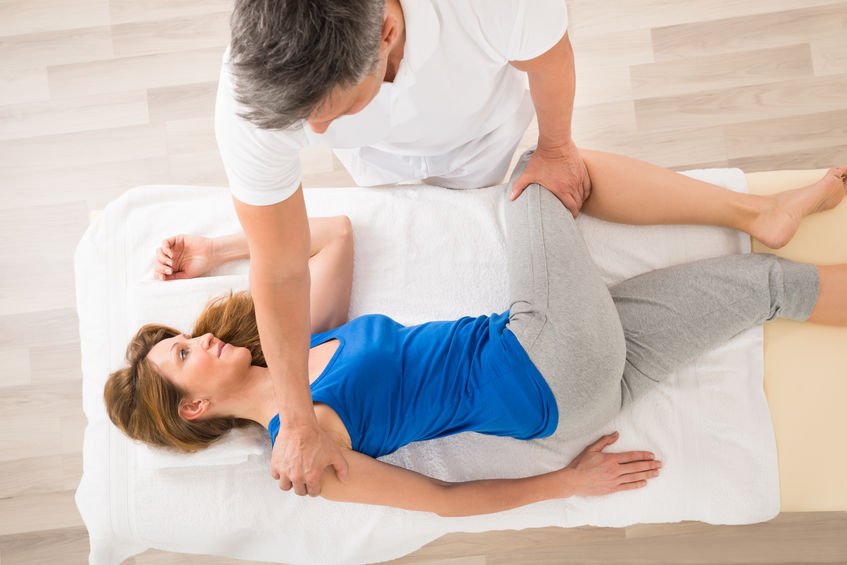
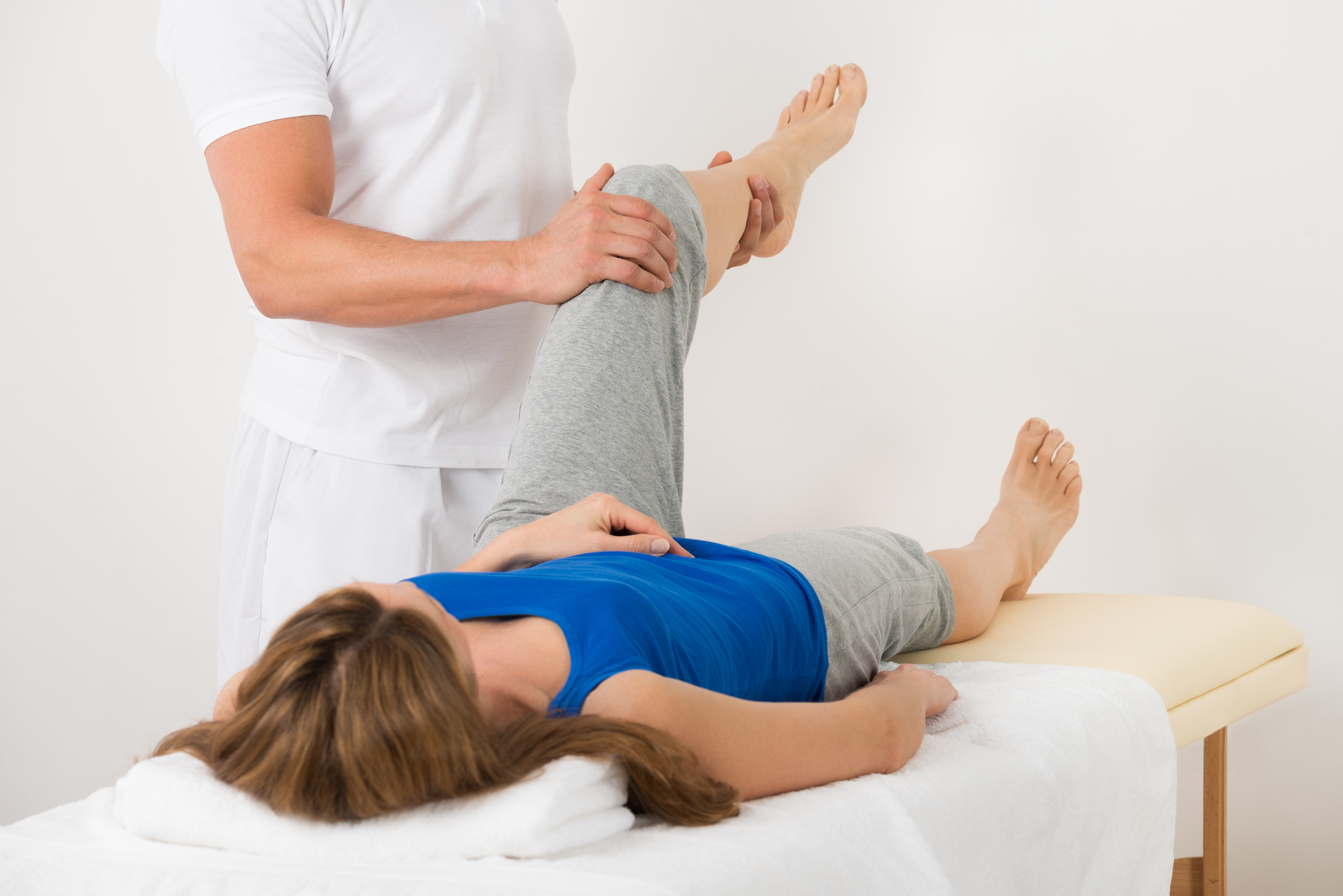
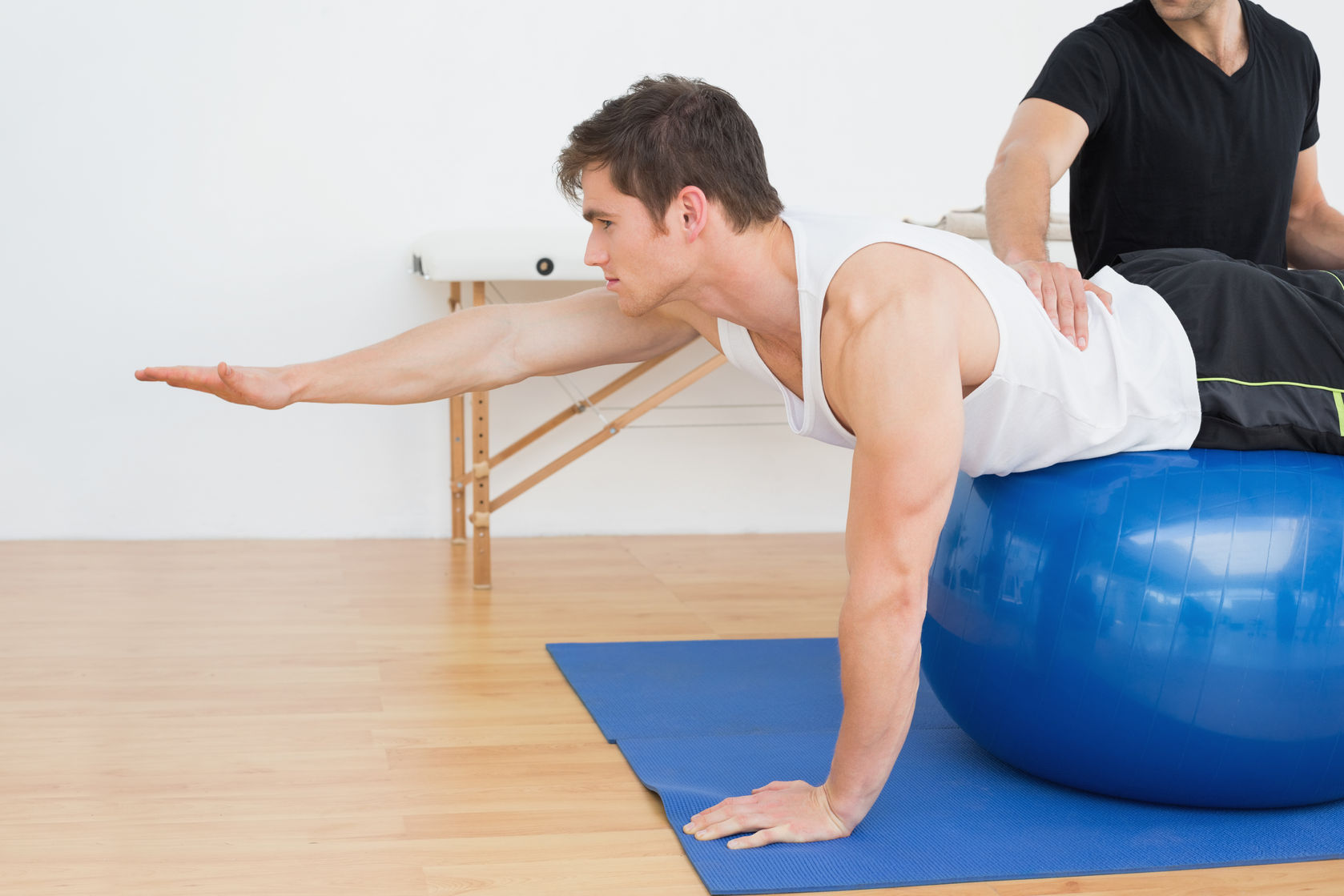
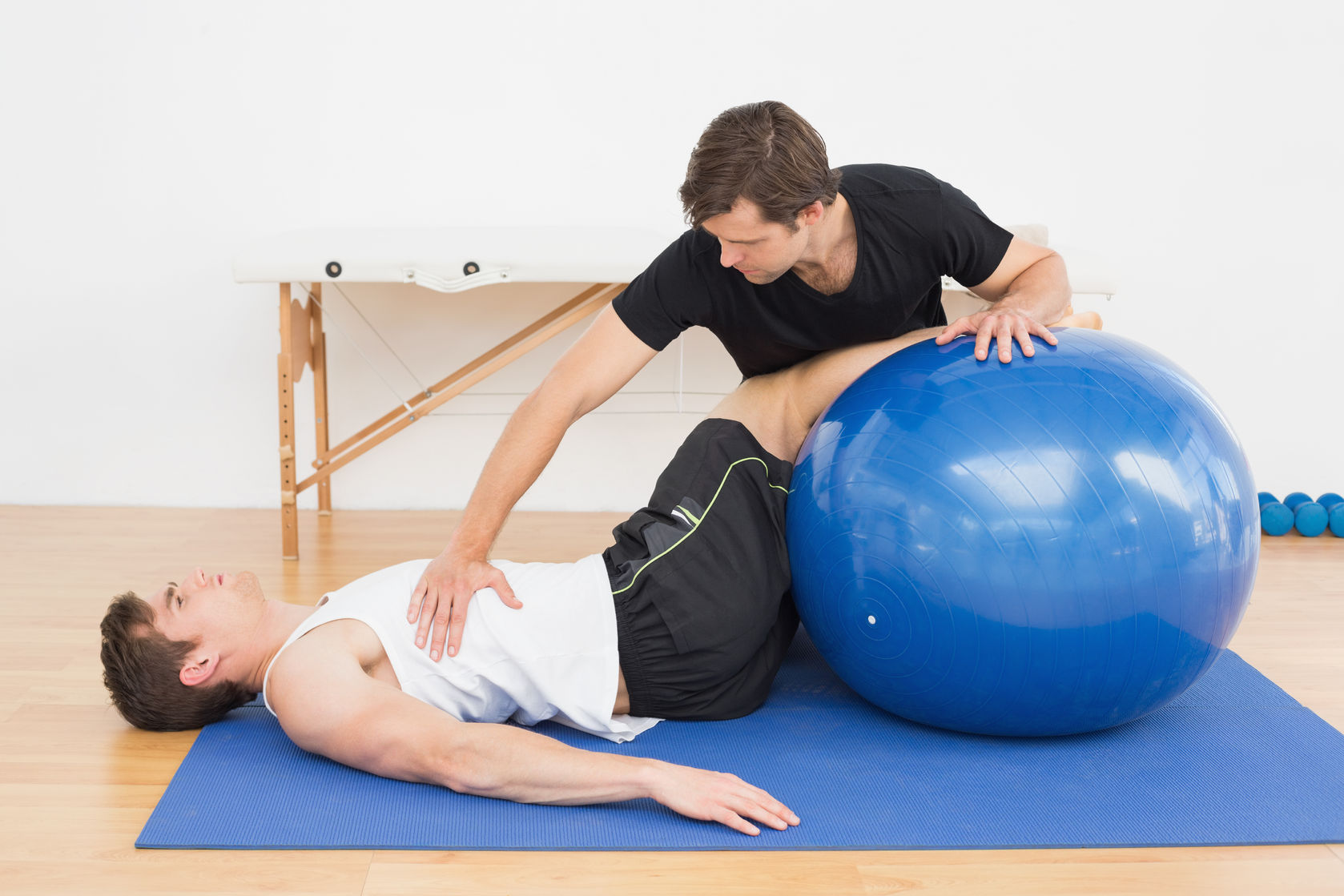
Want to know more?
You can learn more about the MOH approach to low back pain and sciatica by checking out some of our blogs;
- Sciatica – what is it and how to fix it
- Diagnosing your Pain
- Osteopathic treatment for low back pain
- Functional exercises for low back pain
- Pilates for low back strength & stability
Want to book an appointment?
If you would like to book an appointment with one of our Osteopaths, click here.
If you can’t find a time that’s convenient just give us a call and we’ll be happy to help you.

